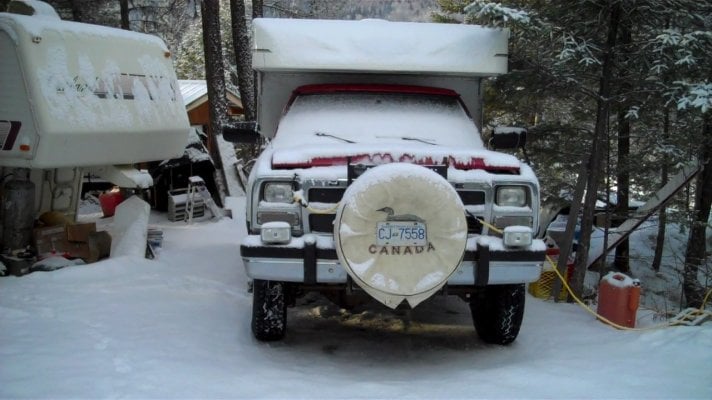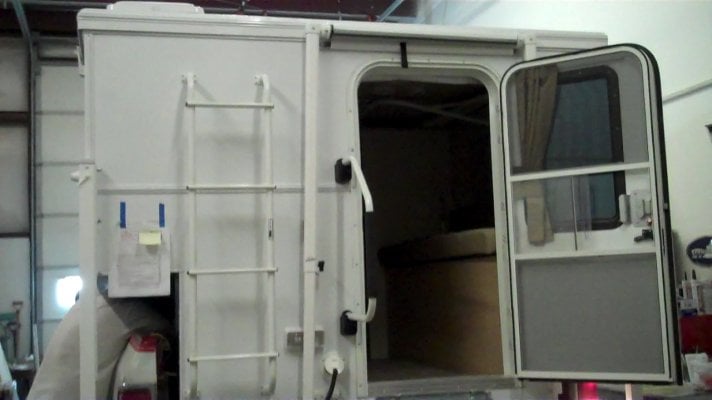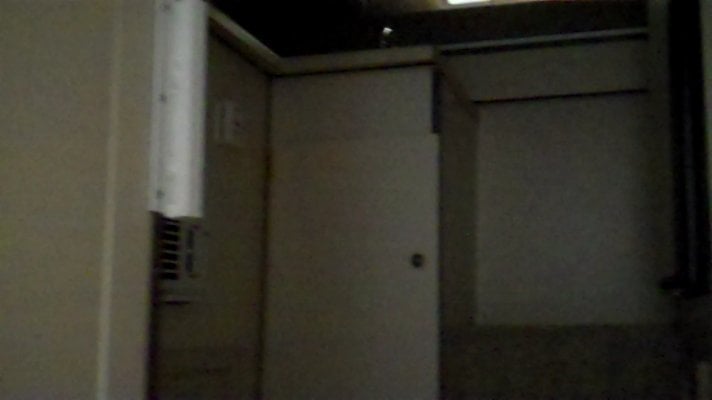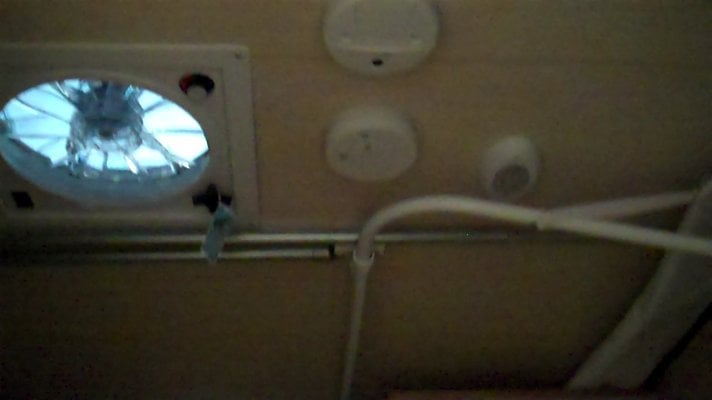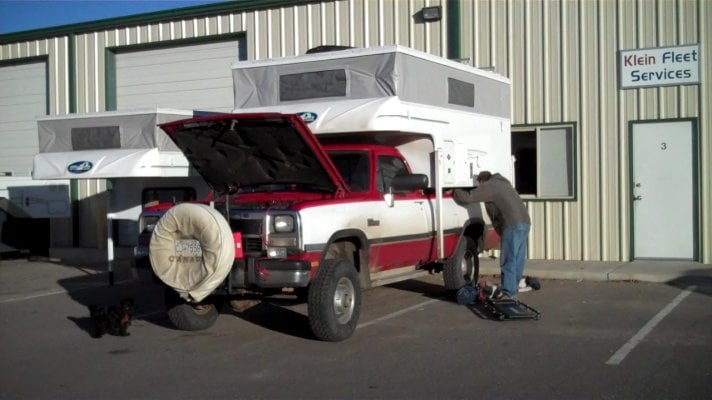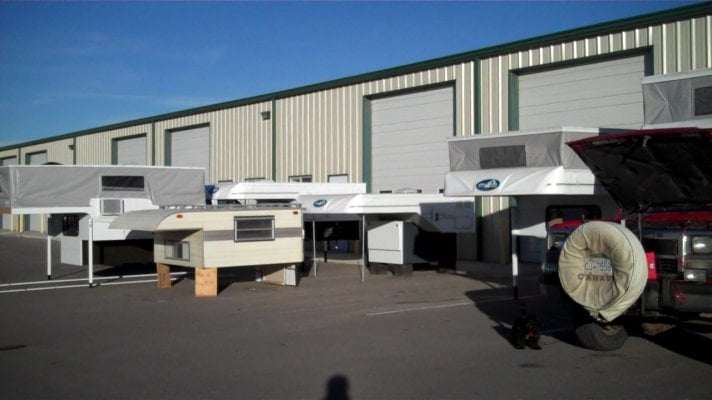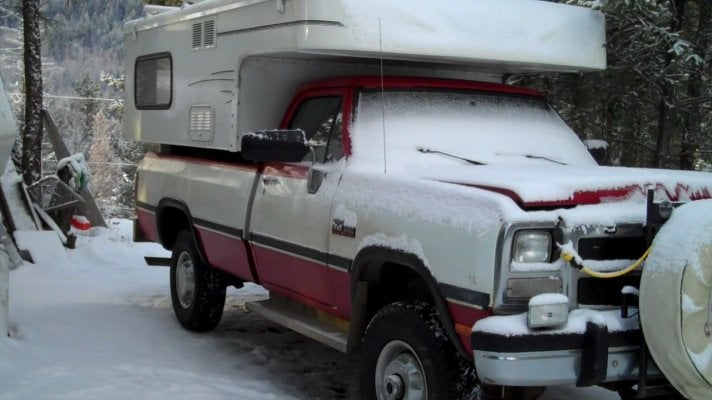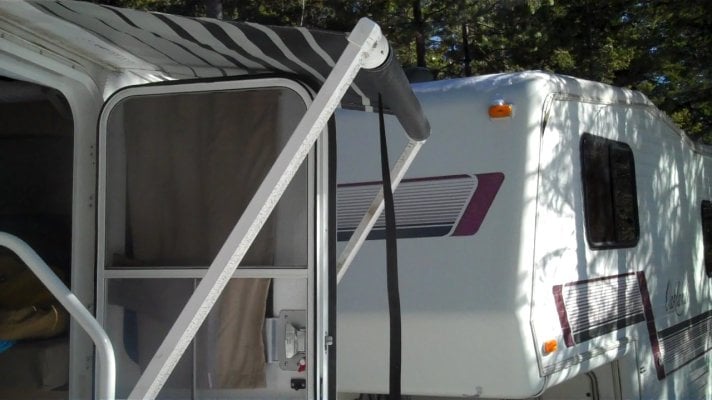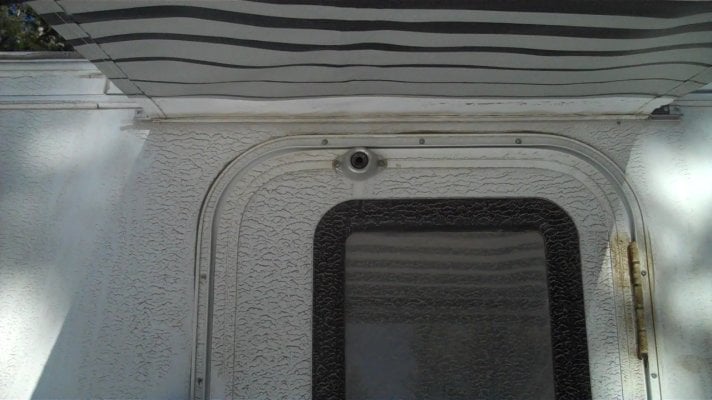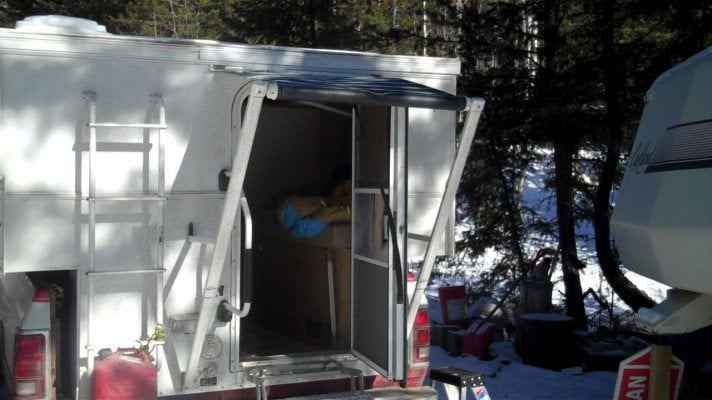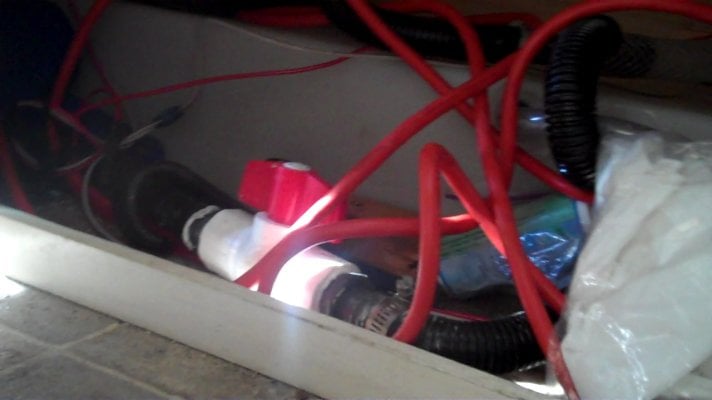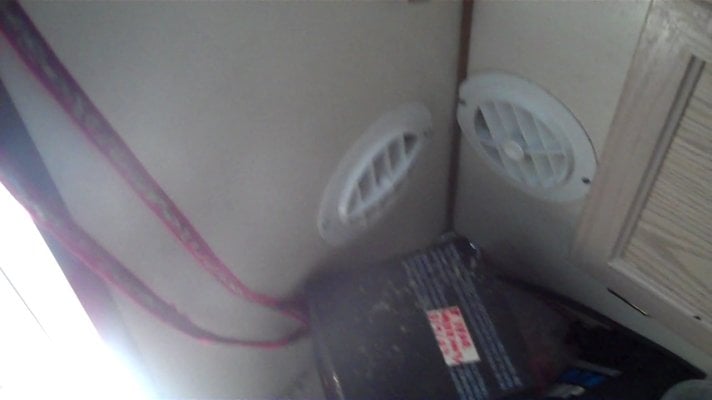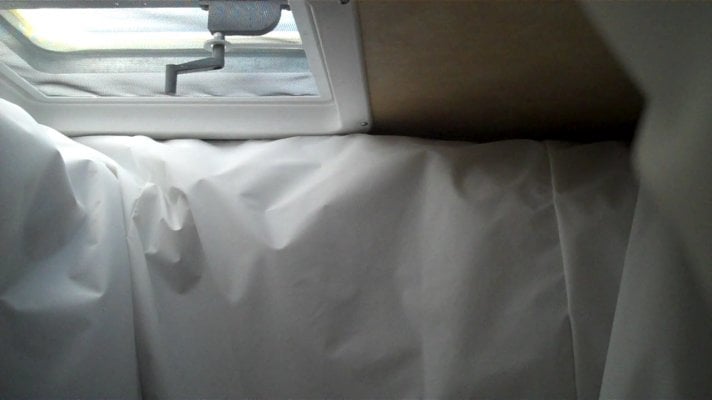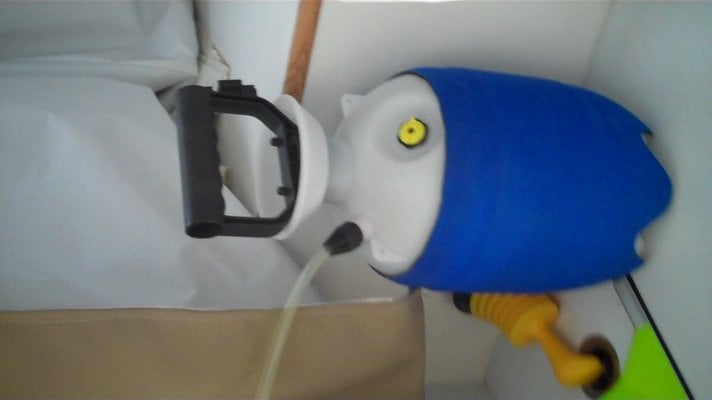This camper was built in Colorado to my specs for use in the Canadian winter. With 2" of insulation throughout and a 20k btu furnace I have already used it at ski area parking lots in Colorado, Utah, and British Columbia and been comfortable at -18 C (0 F).
More pics to follow.
Robby Rowe, builder and owner of Coyote RV is shown working on my truck's plug in. Also shown are recently completed campers at the factory.
One of the really nice features of Phoenix campers is that instead of turnbuckle tie downs they use a ratcheting strap, like truck drivers use to secure loads, to tie down the camper. This system offers some flexing thru the strap and allows retightening from outside the camper without accessing the little sliding panel from inside.

